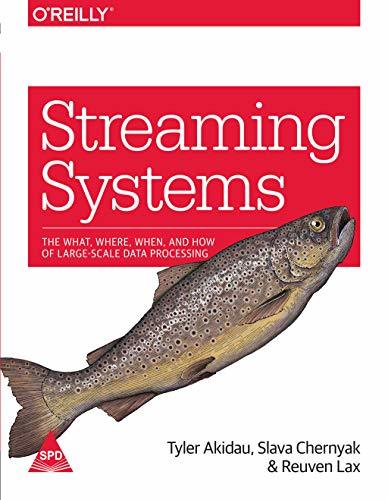What do you think?
Rate this book


Expanded from Tyler Akidau’s popular blog posts ""Streaming 101"" and ""Streaming 102"", this book takes you from an introductory level to a nuanced understanding of the what, where, when, and how of processing real-time data streams. You’ll also dive deep into watermarks and exactly-once processing with co-authors Slava Chernyak and Reuven Lax.
You’ll explore:
How streaming and batch data processing patterns compare The core principles and concepts behind robust out-of-order data processing How watermarks track progress and completeness in infinite datasets How exactly-once data processing techniques ensure correctness How the concepts of streams and tables form the foundations of both batch and streaming data processing The practical motivations behind a powerful persistent state mechanism, driven by a real-world example How time-varying relations provide a link between stream processing and the world of SQL and relational algebra352 pages, Paperback
Published August 18, 2018